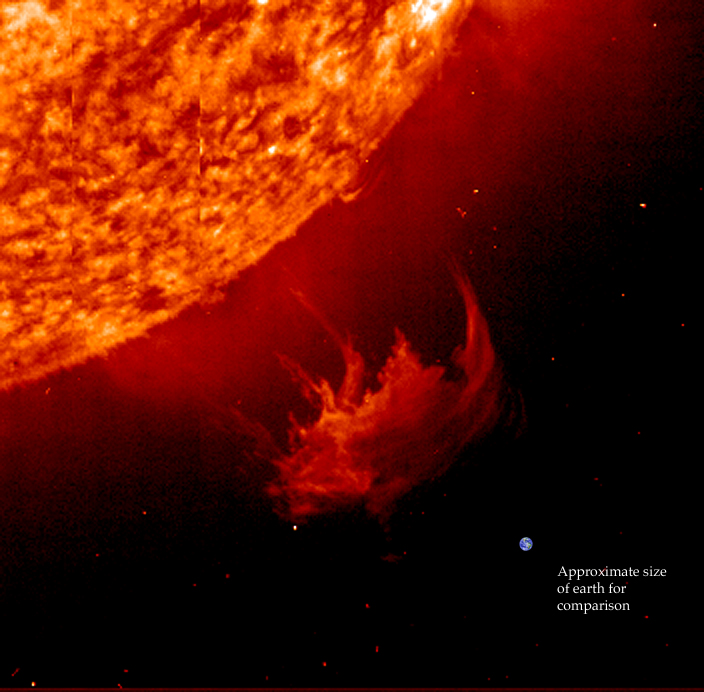 Indian Tuberculosis (TB) patients stand in a queue for sputum collection at a Tuberculosis Treatment Centre in New Delhi. Manan Vatsyayana / AFP / Getty
Indian Tuberculosis (TB) patients stand in a queue for sputum collection at a Tuberculosis Treatment Centre in New Delhi. Manan Vatsyayana / AFP / GettyFrom Time Magazine:
Eighty years after the discovery of penicillin, researchers say they are on the verge of developing a new class of antibiotics.
Publishing in the Oct. 17 issue of the journal Cell, scientists at Rutgers University describe a group of antibiotic compounds, first isolated decades ago from naturally occurring antibacterial substances in soil. Among them, researchers say, is a compound called myxopyronin that shows great promise. It has been synthesized in the lab and shown to be safe in animal trials, and although the drug hasn't been tested in humans yet, cell-based experiments suggest that it is potent enough to kill a wide range of stubborn bugs, including drug-resistant strains of tuberculosis and the deadly type of staph known as MRSA.
The Rutgers research reflects a much-needed, if slow, renewal of scientific interest in antibiotics development. The last two decades of the 20th century saw nearly zero progress, and in those years several disease-causing bacteria evolved resistance to commonly used drugs. Researchers at the Centers for Disease Control and Prevention found that more than 40% of staph infections in the U.S. in 2006 were MRSA — a bug that now kills more Americans a year than AIDS. Today, the first line of treatment against MRSA is vancomycin, a formidable antibiotic that has been around since the 1950s and is otherwise typically considered a drug of last resort. In the developing world, health workers report a proliferation of XDR (extensively drug-resistant) and MDR (multidrug-resistant) tuberculosis, against which the current first-line antibiotics, rifamycins, developed in the 1960s, have also become useless.
Read more ....

















